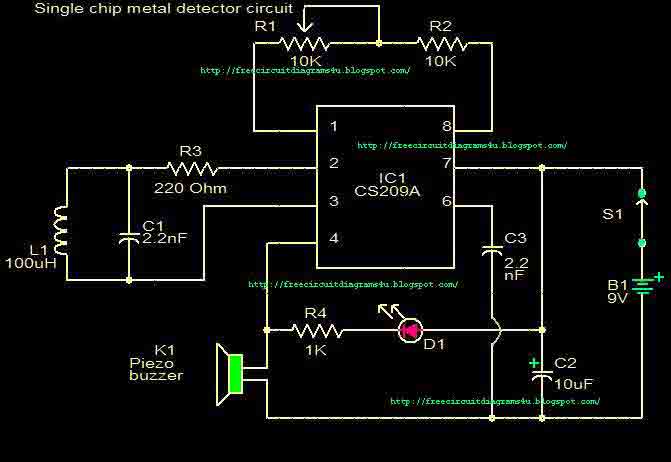
Consisting of integrated analog multiplier MC1596 synchronous detector

The circuit features an integrated analog multiplier, the MC1596, functioning as a synchronous detector. It is designed to demodulate amplitude-modulated signals sourced from an integrated circuit. The output signal is derived from the O pin, where a local carrier frequency signal is applied at the input. The demodulated original modulated signal is then obtained from the output, facilitated by an external low-pass filter to ensure the desired signal is effectively demodulated.
The MC1596 is a versatile analog multiplier that operates effectively in synchronous detection applications. In this configuration, the device receives a local carrier frequency at its input pin, which is critical for the demodulation process. The synchronous detection technique employed by the MC1596 allows for the recovery of the original modulated signal by mixing it with the local oscillator frequency. This process effectively shifts the frequency of the modulated signal down to baseband, where it can be more easily processed.
The output from the O pin of the MC1596 is then routed through an external low-pass filter. This filter serves to eliminate high-frequency components that may remain after the demodulation process, allowing only the desired baseband signal to pass through. The choice of the cutoff frequency for the low-pass filter is essential, as it must be set to accommodate the maximum frequency of the modulated signal while rejecting any unwanted noise or interference.
In summary, the integration of the MC1596 as a synchronous detector in this circuit provides a robust solution for demodulating amplitude-modulated signals. The careful design of the input and output stages, along with the inclusion of an external low-pass filter, ensures reliable signal recovery and high fidelity in the output.Consisting of integrated analog multiplier MC1596 synchronous detector as shown in FIG. The demodulated signal may be any amplitude modulated signal from the integrated circuit O pin input. Local carrier frequency signal from the input pin. Demodulated original modulated signal output from foot, by Ji external low pass filter. To demodulate the desired signal.
The MC1596 is a versatile analog multiplier that operates effectively in synchronous detection applications. In this configuration, the device receives a local carrier frequency at its input pin, which is critical for the demodulation process. The synchronous detection technique employed by the MC1596 allows for the recovery of the original modulated signal by mixing it with the local oscillator frequency. This process effectively shifts the frequency of the modulated signal down to baseband, where it can be more easily processed.
The output from the O pin of the MC1596 is then routed through an external low-pass filter. This filter serves to eliminate high-frequency components that may remain after the demodulation process, allowing only the desired baseband signal to pass through. The choice of the cutoff frequency for the low-pass filter is essential, as it must be set to accommodate the maximum frequency of the modulated signal while rejecting any unwanted noise or interference.
In summary, the integration of the MC1596 as a synchronous detector in this circuit provides a robust solution for demodulating amplitude-modulated signals. The careful design of the input and output stages, along with the inclusion of an external low-pass filter, ensures reliable signal recovery and high fidelity in the output.Consisting of integrated analog multiplier MC1596 synchronous detector as shown in FIG. The demodulated signal may be any amplitude modulated signal from the integrated circuit O pin input. Local carrier frequency signal from the input pin. Demodulated original modulated signal output from foot, by Ji external low pass filter. To demodulate the desired signal.





